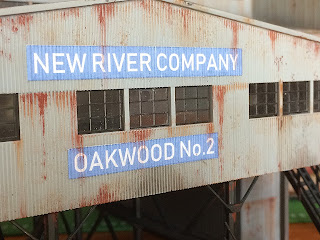SPIRSBY – a joint venture exhibition style layout BASED ON SPILSBY in Lincolnshire, UK.
Having built many layouts, all very different from each
other in most cases, this was to be something I had not attempted before. Some
key points were that, the station and its surrounds were to be as close to
scale as possible with a little modellers licence of course. It was to be an
exhibition style layout with high presentation standards. It was to be of a
railway company not of my main interest, in this case the LNER, which created
its own challenges. It was to be a joint venture with a fellow modeller, in that he would supply all the running equipment to a certain era
(early 1930s), company and area specific, and I build the layout to run and
operate it all on. All engines and rollingstock would require the use of Kadee
couplers. I have been using Kadees for forty years and will swear by them for
hands free operational excellence. This sat well with him as he was slowly
converting a lot of his rollingstock as well. Also, I have trained up a dozen
or more members to operate with Kadee couplers on many of my previously
displayed layouts at exhibitions.
Research begun in earnest and very quickly we realised there
were very few branchline termini to choose from, something the LNER did not
inherit during the grouping. In the end, Spilsby, a rural market town was to be
the candidate. The terminus was at the end of the short branch that left the
mainline at Firsby, on the Boston to Louth mainline route. Set in Lincolnshire,
the four mile branch line was built and opened in 1868 as the Spilsby &
Firsby Railway, was taken over by the Great Northern Railway in 1890, and then
swallowed up in grouping with the LNER. During its peak, there were seven
trains a day, suppling the town with most of its requirements. There were mixed
passenger and goods trains, a goods and coal train every day. Passenger
services stopped on September 10th, 1939 with goods continuing on
until the lines closure December 1st 1958.
It had numerous facilities conducive to operational interest for the operator and those viewing from the front of an exhibition style layout. Spilsby didn’t have a signal box in its day, so, with higher traffic operation in mind, I decided to have signalling and point rodding to add to pump up the importance of this little railway terminus. My friend would build a GNR signal box of an appropriate size, lattice summersault signals to suit the yard demands, a 5-ton yard crane, supply some fine 3D crossing gates, station fences and seats – all specific to the GNR for this project.
 |
| Looking down the yard from the end of the line. |











































